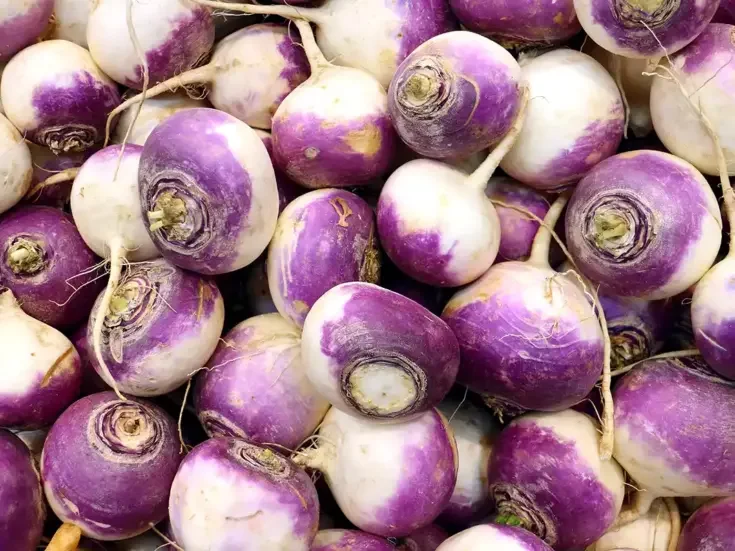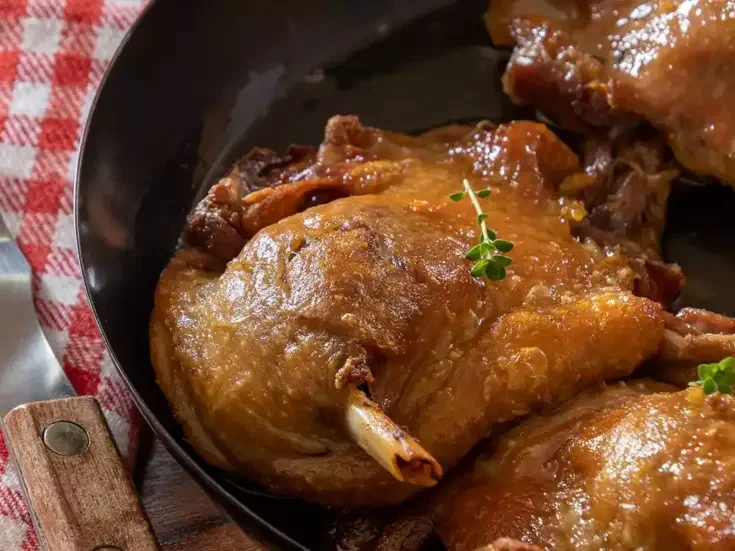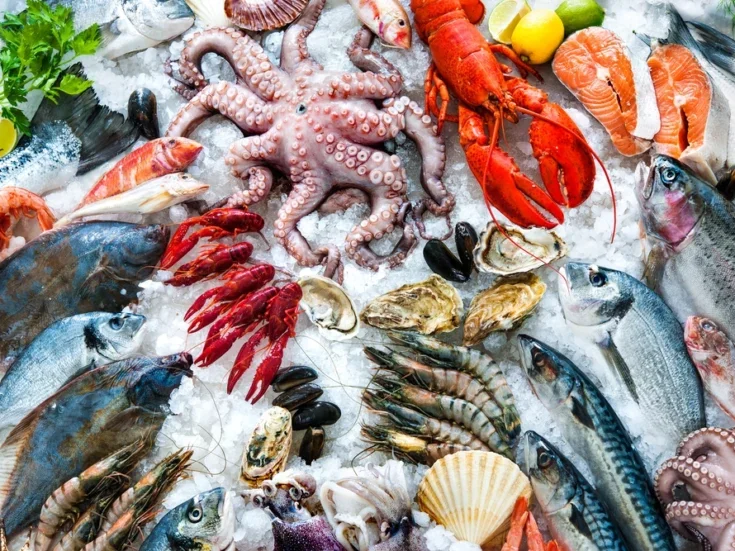
As a sommelier, what is your view of Austrian wine in the restaurant context?
Having worked in various restaurants across the UK over the years, I’ve concluded that the example of Austrian wine is the best model to follow.
Has that changed over the years?
Yes. When I arrived in England in 1998, Austrian wine was still somewhere between the reputation it had because of the 1985 anti-freeze scandal and the emergence of some great producers who were starting to show another side. Producers such as Nikolaihof, FX Pichler, Prager, Schloss Gobelsburg, Opitz, Kracher. These producers are still leading the way and have also created an important quality legacy (varietals, style, and terroir expression). It means that, when consumers come to eat in restaurants where they are unfamiliar with the list of the wines presented, they can be quite confident in choosing an Austrian wine, because Austrian wines’ quality consistently matches with value for money.
Were there any significant moments in the story of Austrian wine and its development that helped it become more accepted by sommeliers and restaurant-goers?
In 2003, the Austrian Wine Marketing Board (AWMB) started to develop the DAC (Districtus Austrian Contolatus) system, which was made to focus on the region with specific grapes. I must confess, when it started I didn’t have high hopes that it would work. But with time, I believe it is a fantastic way to bring more Austrian wine to the English market. Even if, at the moment, the main grape varieties in our market in the UK are Grüner Veltliner and Riesling, there has been an increase in white varieties Weissburgunder (Pinot Blanc), Chardonnay (Morillon), Muskateler, Sauvignon Blanc, Rotgipfler, and Neuburger, as well as greater interest in reds from Blaufränkisch, Zweigelt, St-Laurent, Pinot Noir, and Blauburger.
What about Austria’s sparkling and sweet wines? How are they doing in UK restaurants?
Sparkling wine is for now usually confined to the domestic market. But that’s not about a lack of quality; it’s just that the supply is limited. The sweet wines are value for money, and I personally believe they are excellent in terms of quality and diversity.
Which Austrian wine producers do you most admire?
I’ve already mentioned Nikolaihof, FX Pichler, Prager, Schloss Gobelsburg, Opitz, and Kracher; then we have Domäne Wachau, Rudi Pichler, Jamek, Hirtzberger, Knoll, Alzinger, Stift Gottweig, Schweiger, Eichinger, Loimer, Brundlmayer, Hirsch, Hiedler, Poltz, Tement, Muster, Umatham, Feiler-Artinger, Tschida, Moric, and Oggau.






